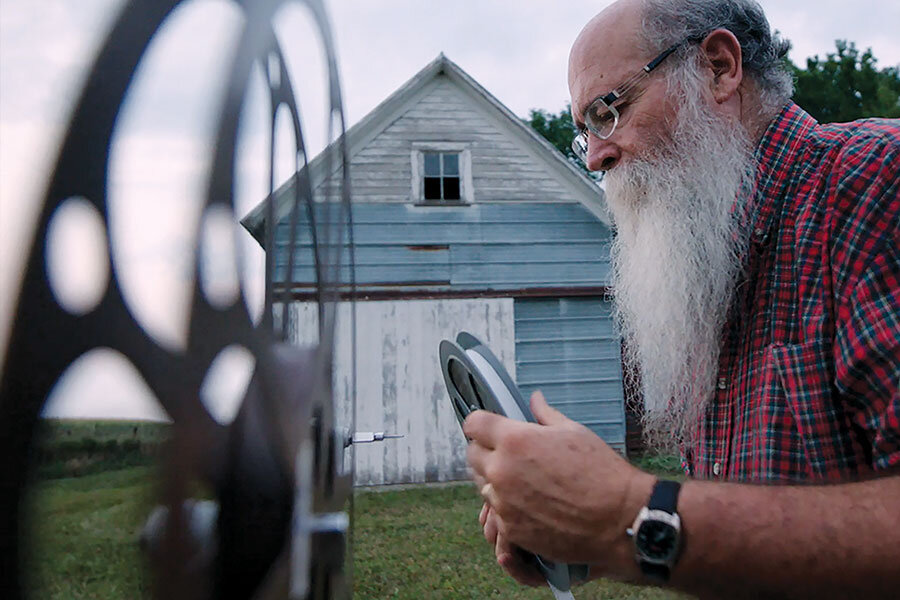'Saving Brinton' chronicles discovery of film rarities
“I like saving things, especially if they look like they’re too far gone,” says Mike Zahs, a retired history teacher in Washington, Iowa, who has a long, stringy white beard and an unending supply of homespun anecdotes. But “Saving Brinton,” the documentary directed by Andrew Sherburne and Tommy Haines and which showcases Zahs, is no mere episode of “Hoarders.”
For one thing, Zahs is a very discriminating hoarder. In 1981, he bought the boxed artifacts of Frank and Indiana Brinton, two barnstorming Iowa show people who, in the late 19th and early 20th century, projected early movies and staged magic acts all across the heartland. When he finally delved into the trove, with its 8,000 items, he discovered rarities that brought him to the attention of some of the world’s leading film restorers, including Martin Scorsese. Zahs, a genial obsessive, is a lot of fun, and so is the movie. Grade: B+ (This movie is not rated.)






